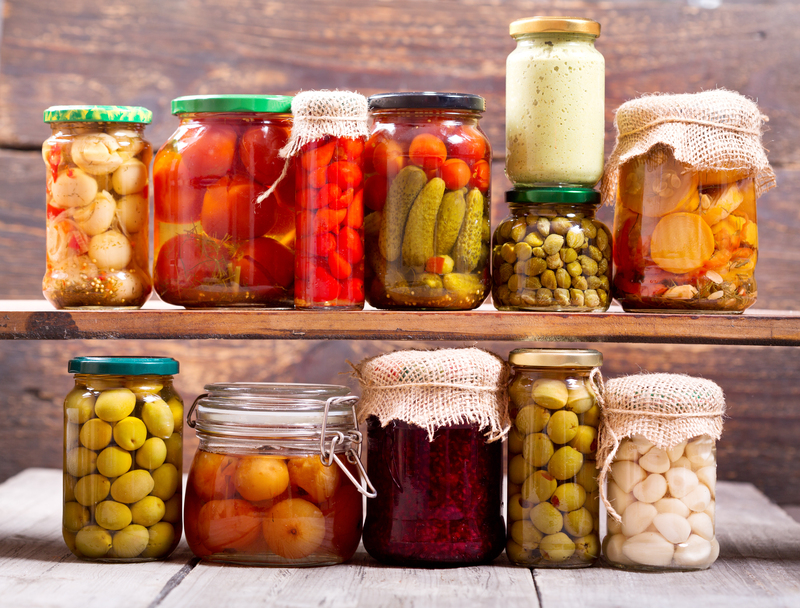
A Deep Dive into the World of Glass Recycling
The process of glass recycling has become a crucial component in the journey towards sustainable living. Recycling glass, a versatile and infinitely recyclable material, helps conserve resources and reduce waste, positively impacting our environment. In this comprehensive exploration of glass recycling, we will delve into the benefits, challenges, and processes that define this sector. Join us as we unravel the intricacies of giving glass a new life.
The Importance of Glass Recycling
Glass recycling is not just about reusing old material; it's a significant step towards a sustainable future. Here are a few reasons why recycling glass is essential:
- Conserving Resources: By recycling glass, we conserve raw materials like sand, soda ash, and limestone. These resources are finite, and their extraction has environmental implications.
- Energy Efficiency: Recycling glass saves energy. It is estimated that recycling one ton of glass can save about 30% of the energy required to produce new glass.
- Reducing Pollution: Using recycled glass in manufacturing reduces air and water pollution by minimizing the need to extract and process raw materials.
- Decreasing Landfill Use: Glass takes thousands of years to decompose. Recycling helps divert it from landfills, saving space and reducing the leaching of toxic substances.
The Glass Recycling Process
Recycling glass involves several critical steps that ensure the glass is transformed effectively and efficiently into new products. Below, we break down these steps:
1. Collection
The first step in the glass recycling process is collection. Glass containers, bottles, and jars are gathered through curbside recycling programs, drop-off centers, and redemption centers. It is essential for consumers to rinse glass containers and remove any non-glass materials such as lids or labels.
2. Sorting and Cleaning
Once collected, the glass is sorted by color and type to enhance the quality of recycled glass. This step may involve both manual and automated processes such as color sorting machines and magnets to remove contaminants.
3. Crushing and Melting
After sorting and cleaning, the glass is crushed into small pieces known as cullet. This cullet is then melted in high-temperature furnaces. Melting converts the glass to a molten state, preparing it to be formed into new glass products.
4. Molding and Finishing
The molten glass is molded into new shapes such as bottles, jars, and other glass products. After molding, products undergo quality checks to ensure they meet industry standards.
5. Distribution
Finished products are packaged and distributed to stores and consumers, completing the recycling cycle. The products can be used again, and the cycle of recycling begins anew.
Challenges in Glass Recycling
While glass recycling offers numerous benefits, it is not without challenges. Some of the main issues facing the glass recycling industry include:
Contamination
Contamination is one of the biggest obstacles in recycling glass. Non-glass materials, such as metals and plastics, can disrupt the recycling process and reduce the quality of the recycled glass.
Cost of Recycling
Recycling glass can be expensive, especially when compared to producing new glass. The cost of sorting and cleaning, combined with market fluctuations, affects the industry's profitability.
Lack of Facilities
Not all regions have access to adequate recycling facilities, which limits the ability to efficiently process and recycle glass. This can lead to higher transport costs and environmental impacts.
Innovations in Glass Recycling
The world of glass recycling is evolving with innovative solutions aimed at addressing existing challenges and improving recycling efficiency:
Advanced Sorting Technologies
Emerging technologies such as optical sorting, artificial intelligence, and robotics are being employed to improve sorting accuracy and efficiency. These advancements reduce contamination and enhance the quality of recyclables.
Alternative Uses for Recycled Glass
Innovative uses for recycled glass are expanding beyond traditional container manufacturing. Recycled glass is increasingly used in construction, landscaping, and art, providing sustainable alternatives across industries.
The Future of Glass Recycling
The future of glass recycling looks promising, thanks to increased environmental awareness and innovations. As more people and industries commit to sustainable practices, the demand for recycled materials will continue to grow, further driving advancements in recycling technologies and methods.
Governments, corporations, and consumers alike must work towards enhancing glass recycling efforts. Better infrastructure, awareness campaigns, and investments in technology will be crucial in ensuring that glass recycling remains a vital component of environmental conservation strategies.
Conclusion
Glass recycling plays a pivotal role in creating a sustainable environment by conserving resources, saving energy, and reducing landfill waste. Although challenges exist, ongoing innovations and commitments to sustainability drive the industry forward. By understanding and participating in the recycling process, each of us can contribute to a healthier planet. Let's raise our glasses to a more sustainable future!
